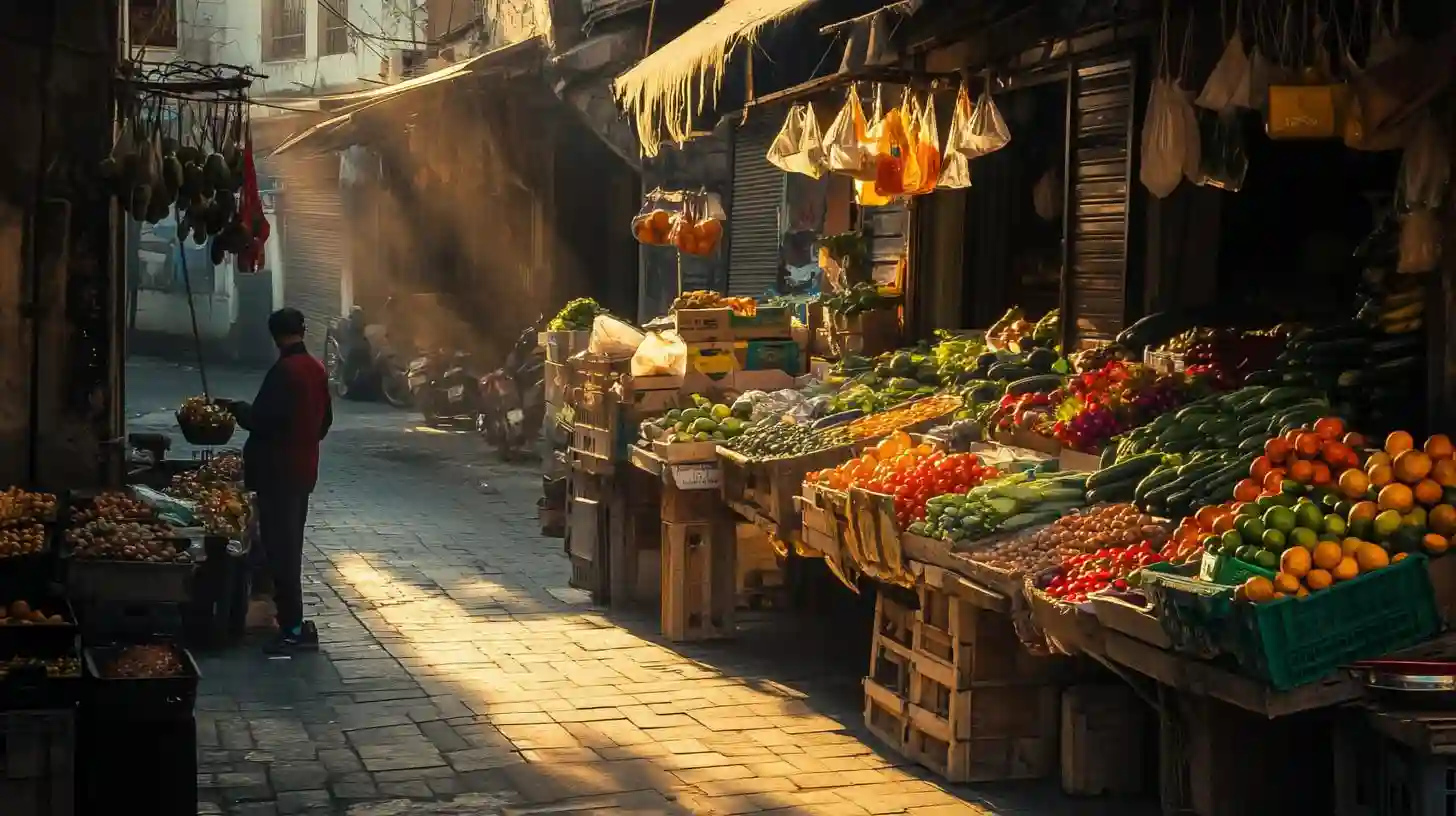
The urban landscape is often a vibrant tapestry of sounds, sights, and smells, with street vendors playing a pivotal role in this dynamic setting. Among these vendors, street vegetable sellers stand out as essential sources of fresh produce that contribute both flavor and health to city life. These entrepreneurs are not merely selling food; they are weaving their way into the very fabric of community life, enriching the urban environment with their offerings while also navigating the complexities of daily commerce.
Street vegetable vendors are typically found in bustling markets, street corners, and busy intersections where foot traffic is abundant. Their carts or tables, often adorned with an array of colorful vegetables, attract passersby and entice them with the promise of freshness and variety. From leafy greens to vibrant peppers, the assortment available is a celebration of nature's bounty. The visual appeal of neatly arranged produce often draws in customers, who may stop to admire the vibrant colors and enticing scents wafting from the displays.
The relationship between street vegetable vendors and their community can be described as mutually beneficial. On one hand, vendors offer affordable and accessible options for fresh food, making it easier for residents to incorporate healthy items into their diets. In many urban areas, grocery stores can be out of reach, either due to distance or high prices. Street vendors bridge this gap, providing an important service to those who might otherwise struggle to find fresh produce. Their prices are often more competitive than those of larger retailers, allowing families with limited budgets to fill their baskets with nutritious ingredients.
On the other hand, these vendors depend on the support of the community to sustain their business. Regular customers often form a loyal clientele, returning time and again for their favorite vegetables. This dependency creates a unique bond between the vendor and their customers, rooted in familiarity and trust. Conversations often spark as neighbors stop by to chat while browsing selections. Such interactions foster a sense of community, transforming a mundane chore like grocery shopping into a moment of connection and warmth.
Of course, the life of a street vegetable vendor is not without its challenges. Vendors often face competition from both traditional grocery stores and other street sellers. The urban environment can be unpredictable, influenced by factors such as weather, economics, and regulations. Rainy days can deter customers, while local ordinances can impose restrictions on where vendors can set up their stalls. Navigating these challenges requires resilience and adaptability. Many vendors develop strategies to mitigate risks, such as diversifying their offerings or collaborating with other vendors to share resources and attract more customers.
In addition to these practical challenges, many street vegetable vendors draw on rich cultural traditions in their practices. Often, they hail from diverse backgrounds, bringing with them knowledge of heirloom varieties, unique cooking methods, and traditional recipes. This cultural exchange enriches the culinary landscape of the city, allowing residents to experience flavors from around the world without ever leaving their neighborhoods. It also highlights the importance of food in cultural identity, as vendors share not just their produce but also a piece of their heritage.
The emergence of health-consciousness in recent years has further solidified the role of street vegetable vendors in urban settings. As people become increasingly aware of the importance of healthy eating, the demand for fresh vegetables has surged. Vendors often find themselves at the forefront of this movement, promoting the benefits of incorporating more plant-based foods into diets. By providing fresh organic vegetables, they empower individuals to make healthier choices, contributing positively to public health initiatives.
Street vegetable vendors embody a spirit of entrepreneurship, serving as examples of how small endeavors can impact larger community dynamics. Their presence enhances not just the physical landscape of the city but also its social fabric. Through these vendors, we see a microcosm of the larger economic and cultural interactions that take place in any bustling urban area. They remind us of the value of fresh food, community connection, and resilience in the face of adversity, all while adding something truly special to city life. Their colorful displays and lively interactions continue to attract and engage, ensuring that their role in the urban ecosystem remains vital and cherished.